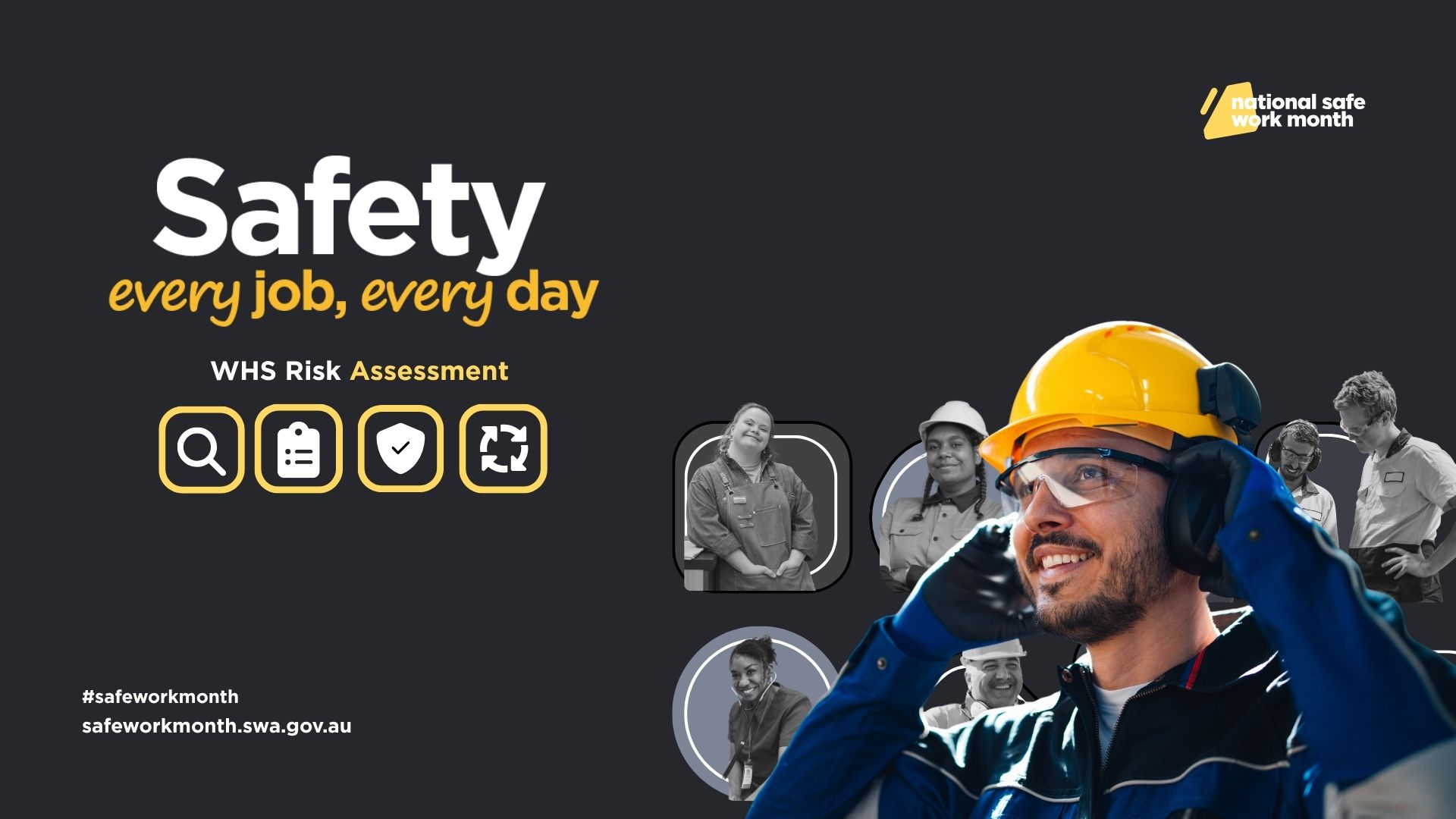BORING: it could be life or death but workers tune out to health and safety info

Original article published by ECU
An Edith Cowan University (ECU) study has confirmed what many workers have long lamented: health and safety information, while vital, often fails to engage employees.
According to Safe Work Australia, 194 people died in work related accidents in 2020, and more than 120,000 workers made claims for serious injury.
Dr Kelly Jaunzems’ study investigated occupational safety and health (OSH) information in the workplace and whether it was read, understood, taken on board, internalised and enacted.
The study found most companies use email to convey OSH information, but it is not the most effective method or preferred by employees, and social media’s potential remains virtually untapped.
If a tree falls in the forest . . .
Dr Jaunzems said the effective communication of OSH information to all levels of employees was an essential part of keeping people safe at work.
“Working safely depends upon the successful sending and receiving of relevant information, in accessible, easy to read formats.
“If that information is not received, not understood, misunderstood, not implemented or actioned, then an organisation has not complied with the legislation.
“And most importantly, ineffective OSH communication jeopardises workers safety,” she said.

Dr Jaunzems said a top-down hierarchal approach without consultation with employees could result in workers taking less personal responsibility or accountability for their own personal safety, with potential flow-on effects to their colleagues.
“Employees were particularly cynical about the dissemination of OSH information, with many having adapted to a lack of effective communication with a concerning nonchalance.”
“They wanted OSH communication to improve. But they felt their communication preferences were often ignored, with channels chosen according to organisational convenience.”
No one size fits all
Dr Jaunzems said employees emphasised they wanted OSH communication tailored to reflect the urgency, amount and type of information.
“It depends on multiple factors, including the position (level and profession) of the employee, whether they work at a desk or in the field, their education level, background and experience.”
“Also important was the amount, type, relevance, urgency and applicability of the information being communicated.”
Social media an underutilised tool
Dr Jaunzems said other industries, such as health, were already making use of social media platforms for communication to staff, however OSH practitioners were yet to use this tool to their advantage.
Her PhD research provides a model for organisations who want to adopt social media in their OSH communication.
“Social media has the potential to add significant value to an organisation’s OSH communications strategy.
“OSH information can be communicated in impactful, meaningful ways that encourage engaged, active two-way conversation.
“Humorous content, such as that included in ‘Safety Fails’ can encourage higher levels of engagement, especially among hard-to-reach younger audiences.”
Dr Jaunzems will present the findings of her research at the Australian Institute of Occupational Hygiene conference in Sydney on 22 March.





